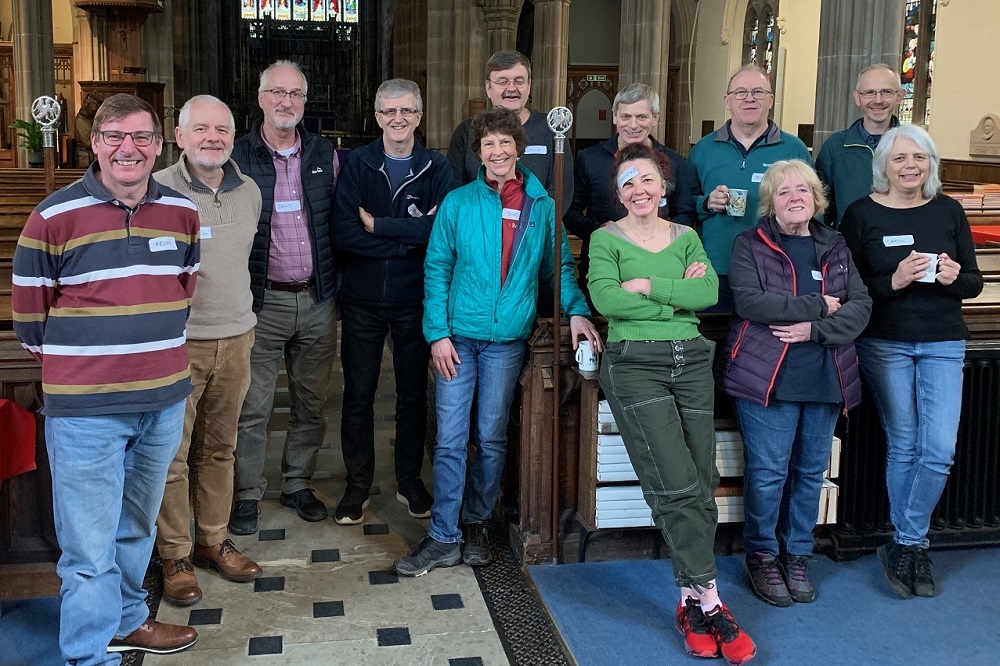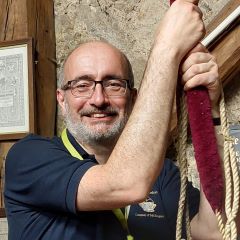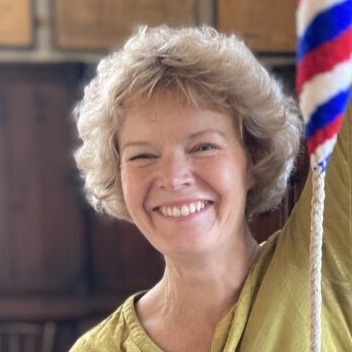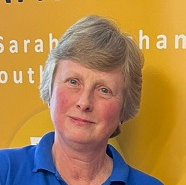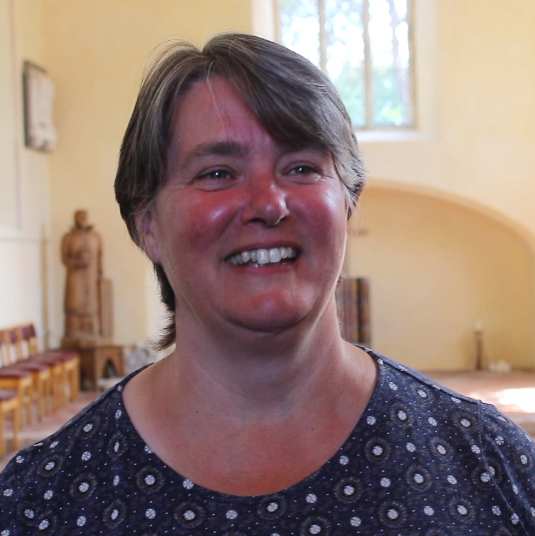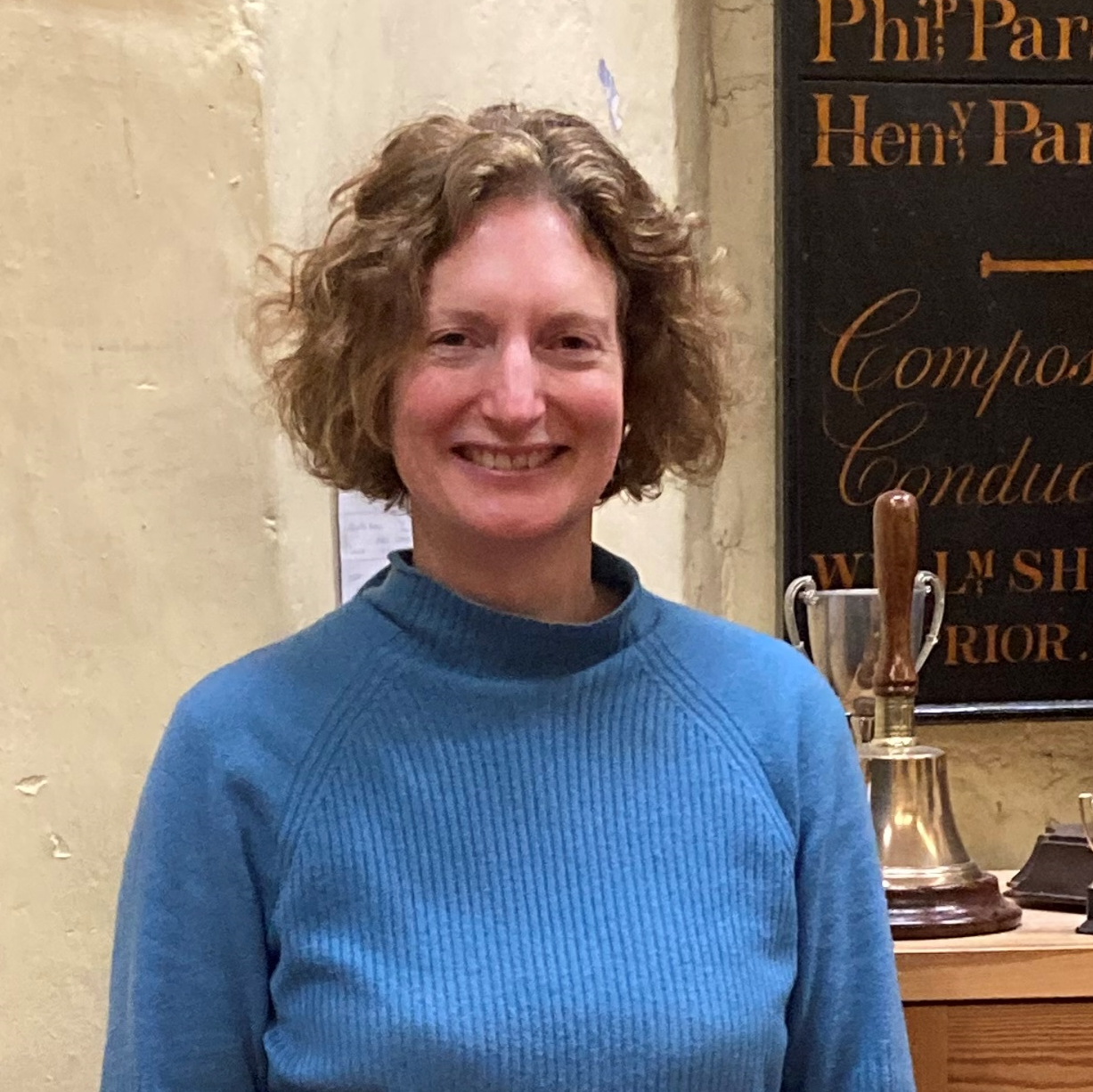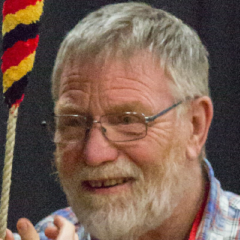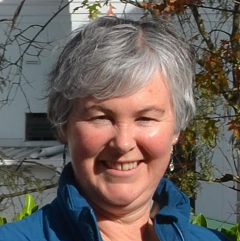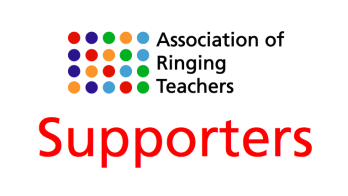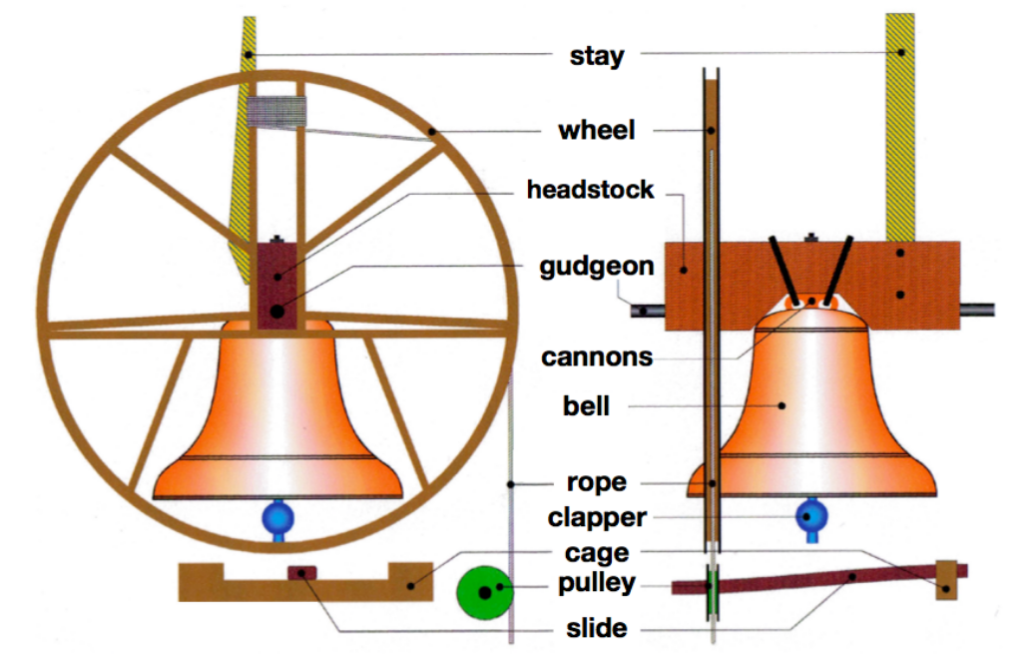The lovely church of St Margaret’s, Atrincham, in Dunham Massey provided the venue for an ART M2F course, Teaching from Rounds to Plain Hunt on Saturday 17th February. With twelve delegates from near and far, and with several teaching and/or helping with the recently formed Cheshire Bell School, our Tutor for the day was Clare McArdle. The day’s emphasis was in favour of practical over theory. However, this did not get in the way of the opportunity to learn and share.
An introductory session reminded us about the background to the ART Training Scheme, as well as Learning the RopesTM. We were reminded about the importance of instruction in its different forms – verbal, demonstration, prompting and physical assistance. The approach promoted is that skills are best learnt using a “Whole – Part – Whole” approach. Teaching should be responsive to the needs of learners – everyone is different. Positive feedback and reinforcement are important, providing information on how to improve. A teaching aim is, step-by-step, to build good foundations – bell control, listening/hearing, rope sight, rhythm and striking and an understanding of theory.
The first practical session included bell control exercises such as taking rope in/letting rope out, whole pull and stand, setting every third stroke. We tried Twinkle, Twinkle, Little Star, and no, we didn’t always get it right!. We looked at exercises to improve listening, including ringing on three or four bells, ringing facing out from the circle. An exercise which proved more natural to some than others. Rope sight exercises included covering to call changes, pair(s) of bells making places, a dodging pair.
Further practical sessions included striking exercises with call changes, some self-called, some called from outside the circle; together with call changes at backstroke, place making, dodging, Mexican wave, kaleidoscope sequences. We had some fun, too! We were invited to compose our own kaleidoscope works. Some debate was had there, at times. Be clear in your instructions! The group was experienced – but don’t always assume that elementary theory and terminology is common and second nature. Avoid jargon!
A short theory session covered coaching and building a band – it being important to know your subject matter. We were invited to reflect on our coaching style – cooperative, authoritarian. Teaching should be centred on the ringer’s needs – some will progress through the small steps quicker than others:
- Be flexible
- Set goals
- Be positive
- Think about and plan so that every practice has at least one piece of ringing specific to each ringer’s needs
- Above all, enjoy it and have fun!
A practical introduction to Plain Hunt took us on a journey through Bistow Doubles, Churchyard Bob Doubles, Stedman start Cloister Doubles, Erin start Cloister Doubles, Penultimus Doubles and more – and how and why some of these might be useful in the progression to Plain Hunt. We were kept on our toes!
Finally, some advice on running a practice:
- Set band and personal goals
- Prepare a ringing practice plan
- Make your practices fun, challenging and varied
- Use available resources
- Keep everyone interested and valued
To conclude, this delegate had a hand and foot injury, that’s another story! and had to observe from the sidelines but looks forward to putting some of the theory into practice! Thank you, Clare, for an enjoyable day.

